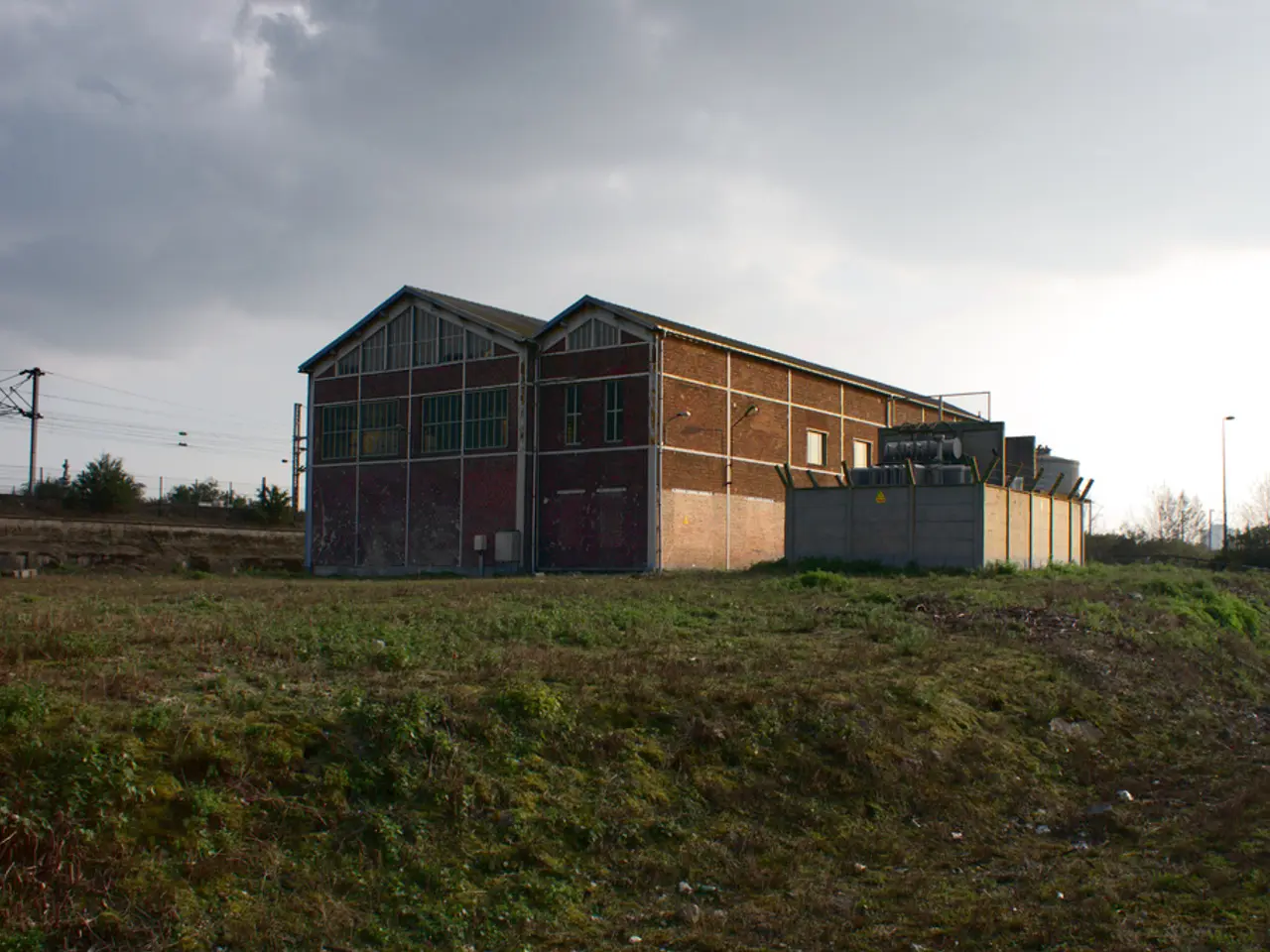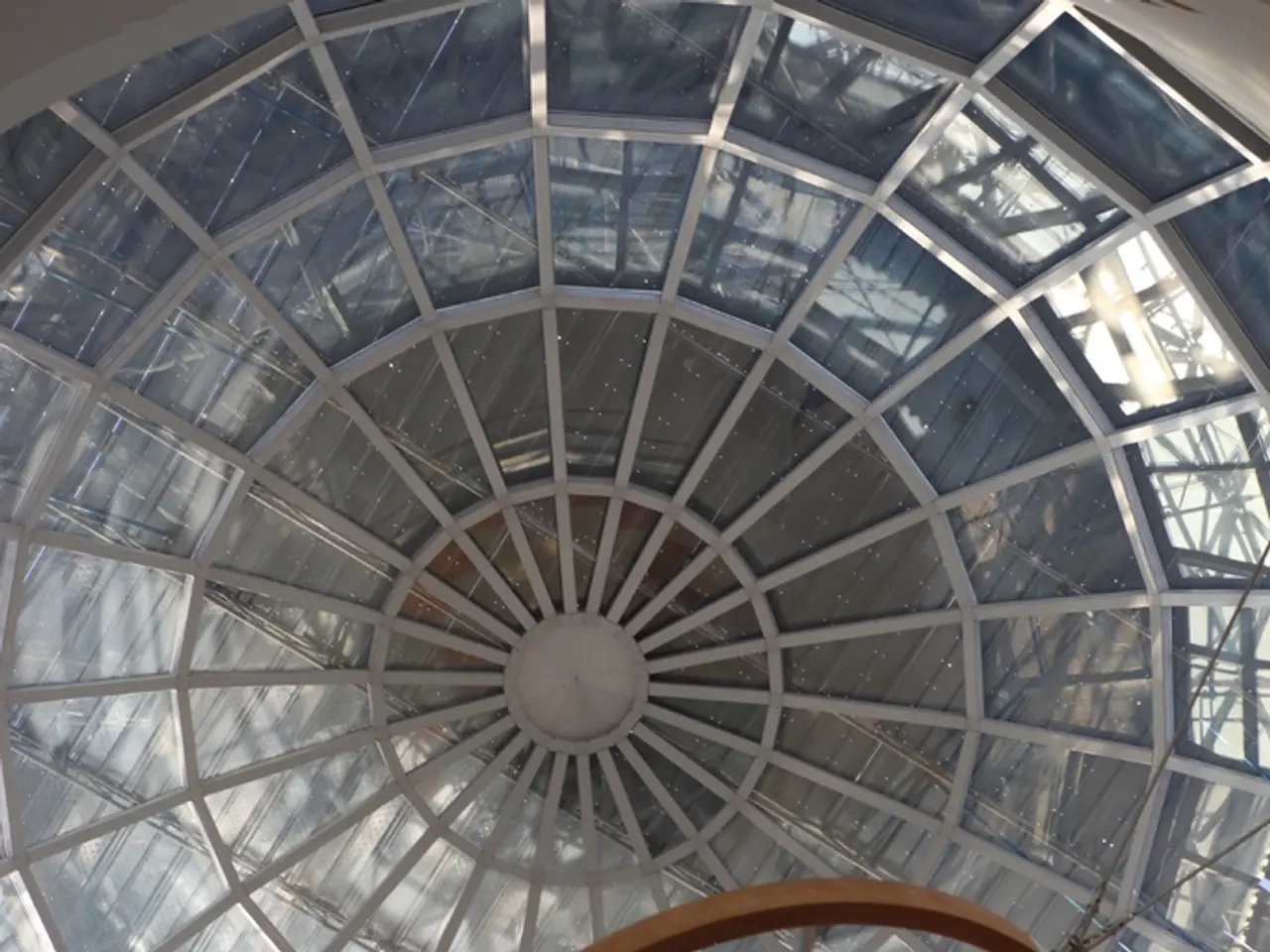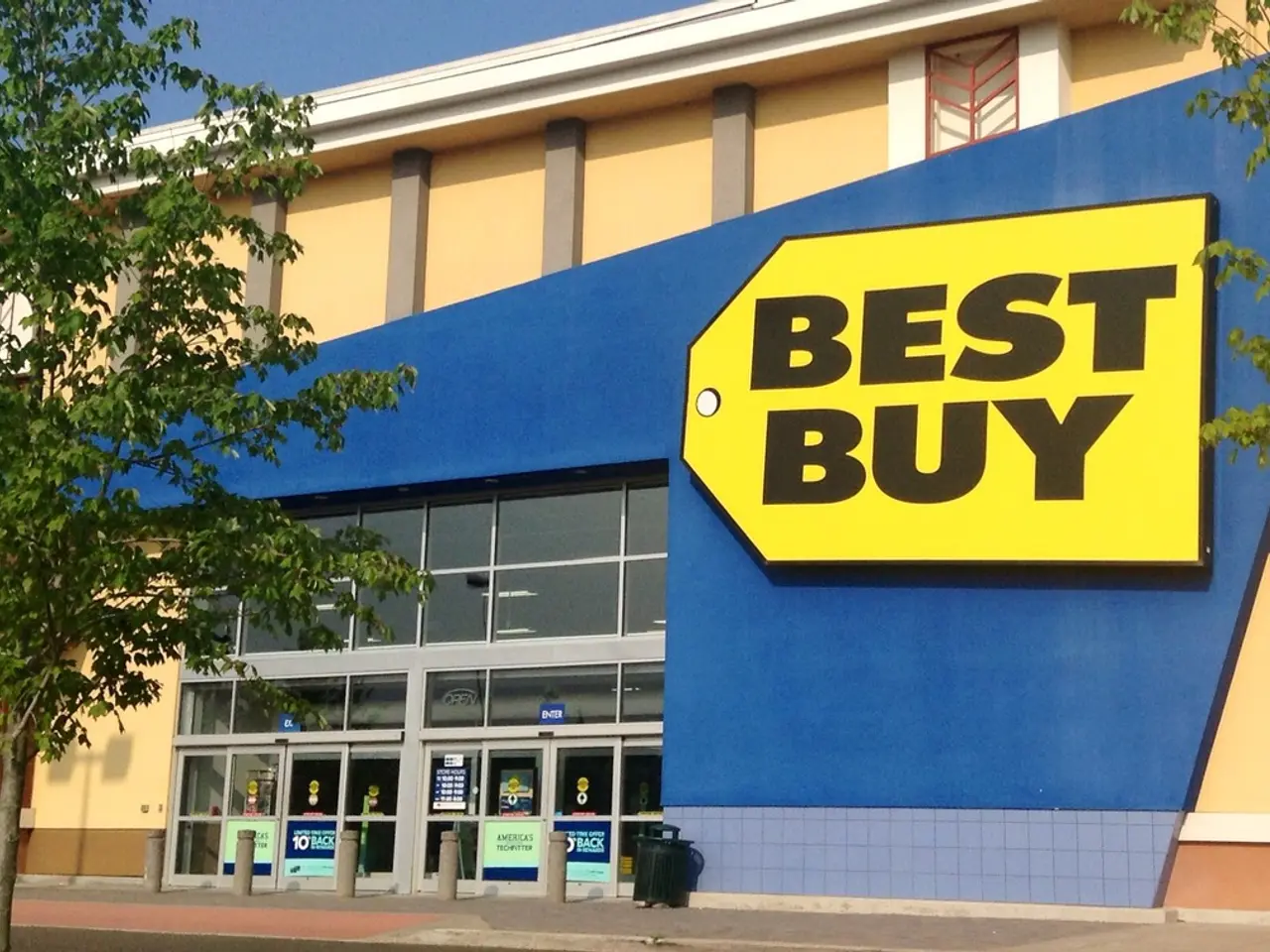Protecting Local Waters and the Bay, as well as the Historical Natural Bridge in Virginia
In a significant move for environmental conservation, the Natural Bridge in Rockbridge County, Virginia, has been preserved using a $9.1 million loan from the U.S. Environmental Protection Agency's (EPA) Clean Water State Revolving Fund (CWSRF). This marks the eighth such project financed by the Virginia CWRLF, bringing the total investment to over $33.5 million.
The Natural Bridge, a 215-foot limestone arch, a Native American village, and a waterfall among other popular attractions, is part of a larger land conservation project involving 1,500 acres, mostly forested. This project protects the surrounding land from development that would have impacted local waters and the Chesapeake Bay.
While the CWSRF primarily focuses on water infrastructure projects, its funding can indirectly support environmental conservation by improving water quality in nearby areas. For instance, if nearby water treatment facilities or stormwater management systems are upgraded using CWSRF funds, this could help maintain a healthier environment for Natural Bridge State Park by reducing pollution.
The Virginia Department of Environmental Quality (VDEQ) and the Virginia Resources Authority are involved in environmental conservation efforts, which might include projects that benefit Natural Bridge State Park. However, specific details on how these funds are used at Natural Bridge are not provided.
The Natural Bridge conservation effort helps preserve one of the oldest tourist destinations in the country, which was once owned by Thomas Jefferson. The property, valued at $21 million, was purchased by Jefferson for 20 shillings before the American Revolution. Legend states that a young George Washington surveyed the site for Lord Fairfax.
The Natural Bridge land conservation project was financed by the VDEQ's Clean Water Revolving Loan Fund (CWRLF) through the VDEQ's website. The Virginia Conservation Legacy Fund, Inc., a newly-formed conservation non-profit, was responsible for the Natural Bridge conservation effort. The Virginia Conservation Legacy Fund, Inc. was recognised for its Natural Bridge efforts with a 2015 Governor's Environmental Excellence Award.
The CWSRF can contribute to improving water quality in the Chesapeake Bay by funding projects that reduce pollution from agricultural runoff, sewage, and industrial waste. Upgrades to wastewater treatment plants and septic systems can significantly reduce the amount of pollutants entering the Bay, thus supporting its ecosystem.
Without the CWSRF loan, the private property could have been sold for residential and commercial development, potentially impacting the Chesapeake Bay. The Natural Bridge and the surrounding property are located in the James River watershed, which feeds into the Chesapeake Bay.
The Virginia CWRLF has been financing land conservation projects since 2005 and has plans for eight more next year. For Virginia-specific information, contact Walter Gills at the VDEQ. For additional information, contact Magdalene Cunningham at the Office of Infrastructure and Assistance, U.S. Environmental Protection Agency, Region 3 Water Protection Division.
- The Natural Bridge, a historical landmark, is part of a larger land conservation project, involving 1,500 acres, primarily forested, aiming to protect it from development that could impact local waters and the Chesapeake Bay.
- The Chesapeake Bay may benefit from projects funded by the CWSRF, as it can contribute to improving water quality by reducing pollution from agricultural runoff, sewage, and industrial waste.
- While the primary focus of the CWSRF is on water infrastructure projects, its funding can indirectly support environmental conservation by improving water quality in nearby areas, such as the Natural Bridge State Park.
- The Natural Bridge conservation effort, valued at $21 million, was financed by the VDEQ's Clean Water Revolving Loan Fund (CWRLF) and was recognised with a 2015 Governor's Environmental Excellence Award.
- The CWSRF has been instrumental in several environmental conservation efforts, having financed eight land conservation projects since 2005, with plans for eight more next year, helping to preserve valuable land and maintain a healthier environment.




